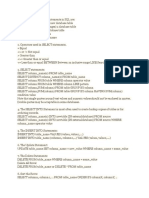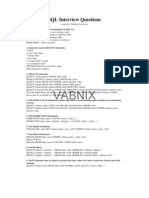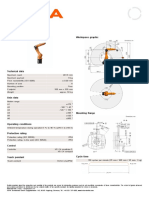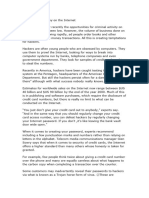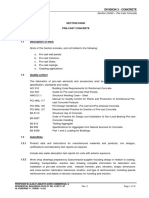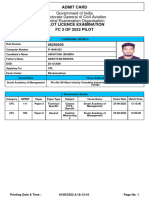0% found this document useful (0 votes)
70 views5 pagesTCS SQL Interview Questions 50
The document lists the top 50 SQL interview questions commonly asked by TCS, covering fundamental concepts such as SQL commands, keys, joins, normalization, and transactions. It includes definitions and differences between various SQL elements like DDL, DML, and types of joins, as well as functions and operators. The content serves as a comprehensive guide for preparing for SQL interviews.
Uploaded by
anillohar7972Copyright
© © All Rights Reserved
We take content rights seriously. If you suspect this is your content, claim it here.
Available Formats
Download as PDF, TXT or read online on Scribd
0% found this document useful (0 votes)
70 views5 pagesTCS SQL Interview Questions 50
The document lists the top 50 SQL interview questions commonly asked by TCS, covering fundamental concepts such as SQL commands, keys, joins, normalization, and transactions. It includes definitions and differences between various SQL elements like DDL, DML, and types of joins, as well as functions and operators. The content serves as a comprehensive guide for preparing for SQL interviews.
Uploaded by
anillohar7972Copyright
© © All Rights Reserved
We take content rights seriously. If you suspect this is your content, claim it here.
Available Formats
Download as PDF, TXT or read online on Scribd
/ 5





















































